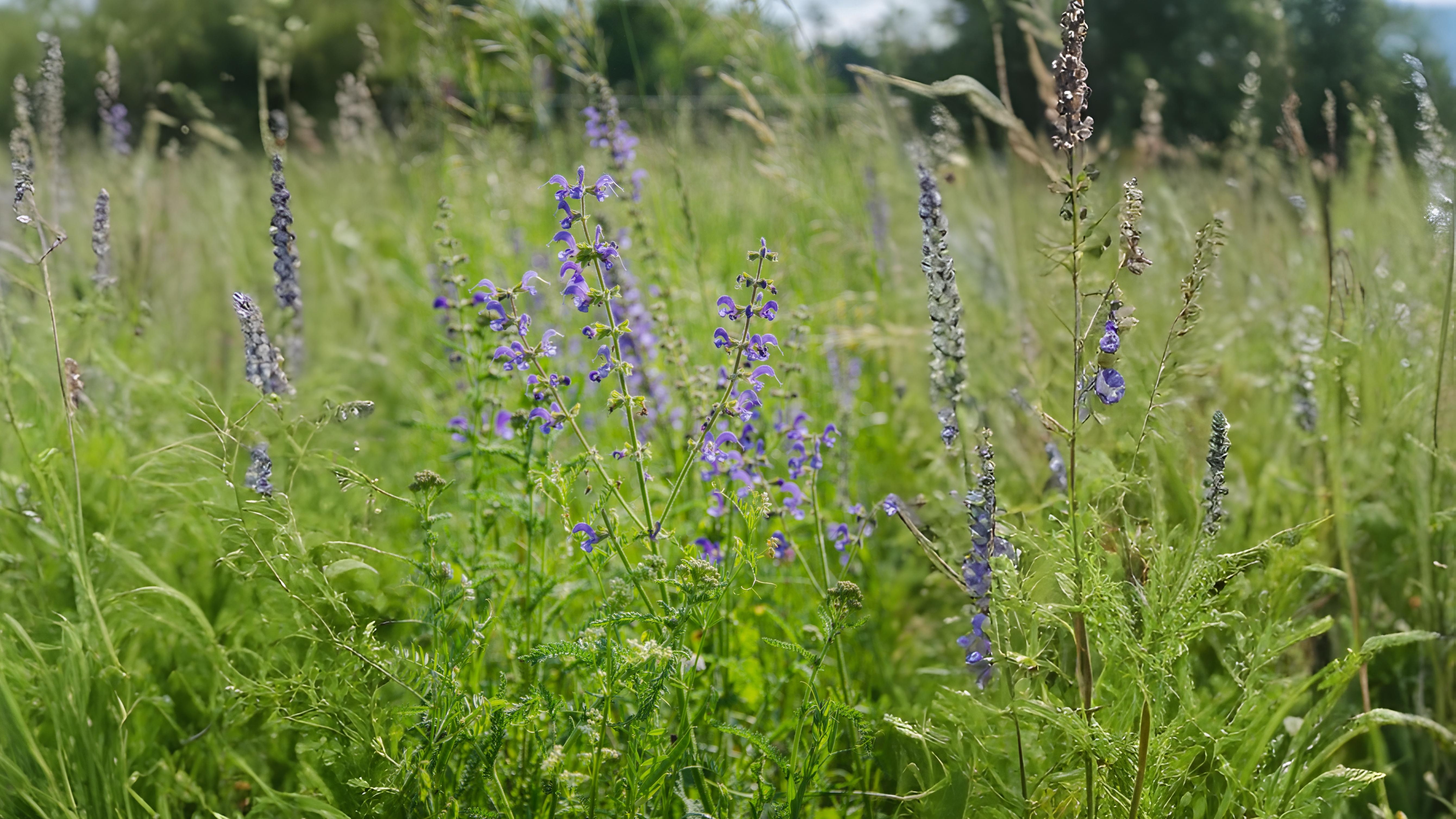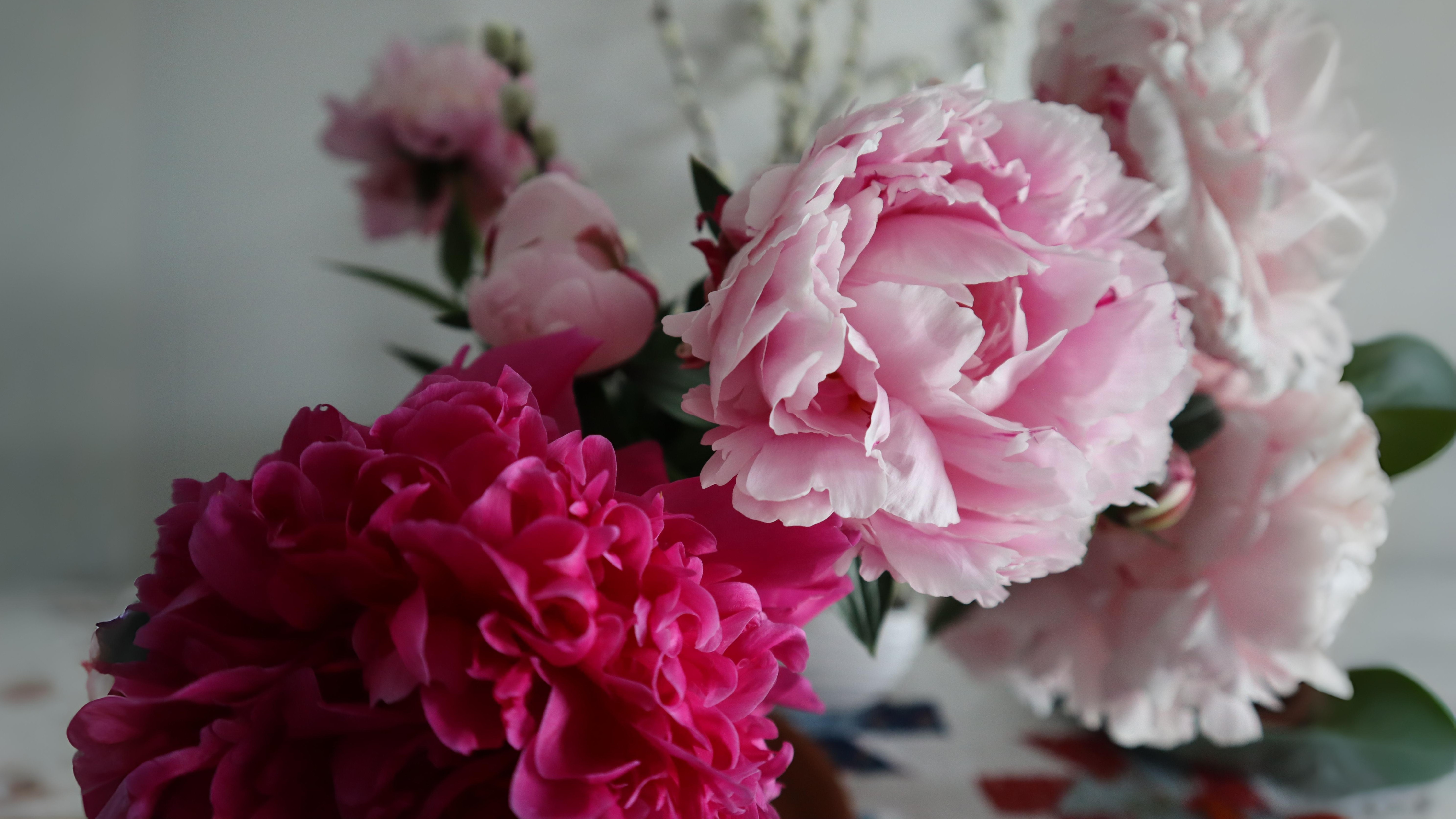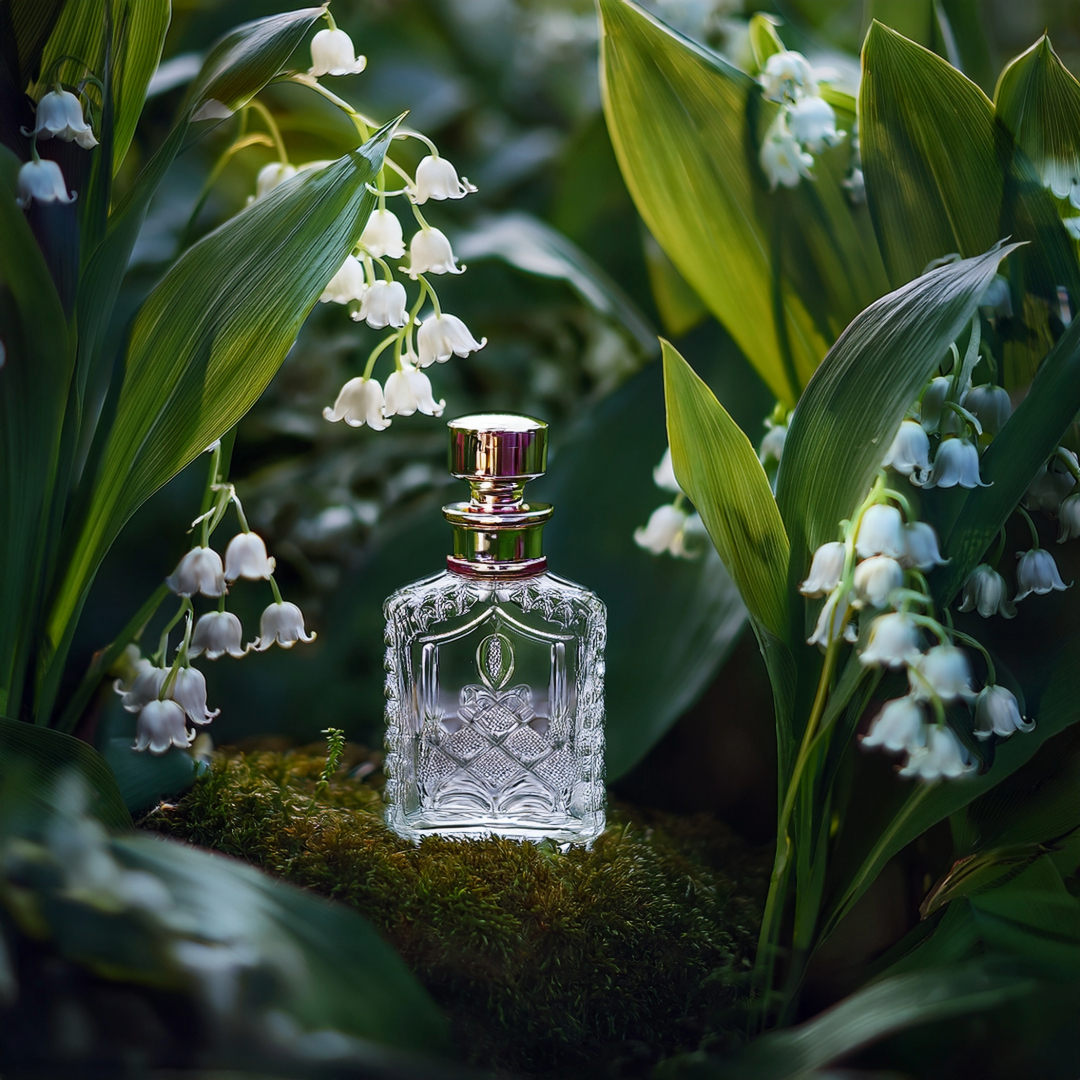
Return on 31 May to follow your nose through London’s olfactory wonders—from civet-like viburnums to peonies too elegant for words.
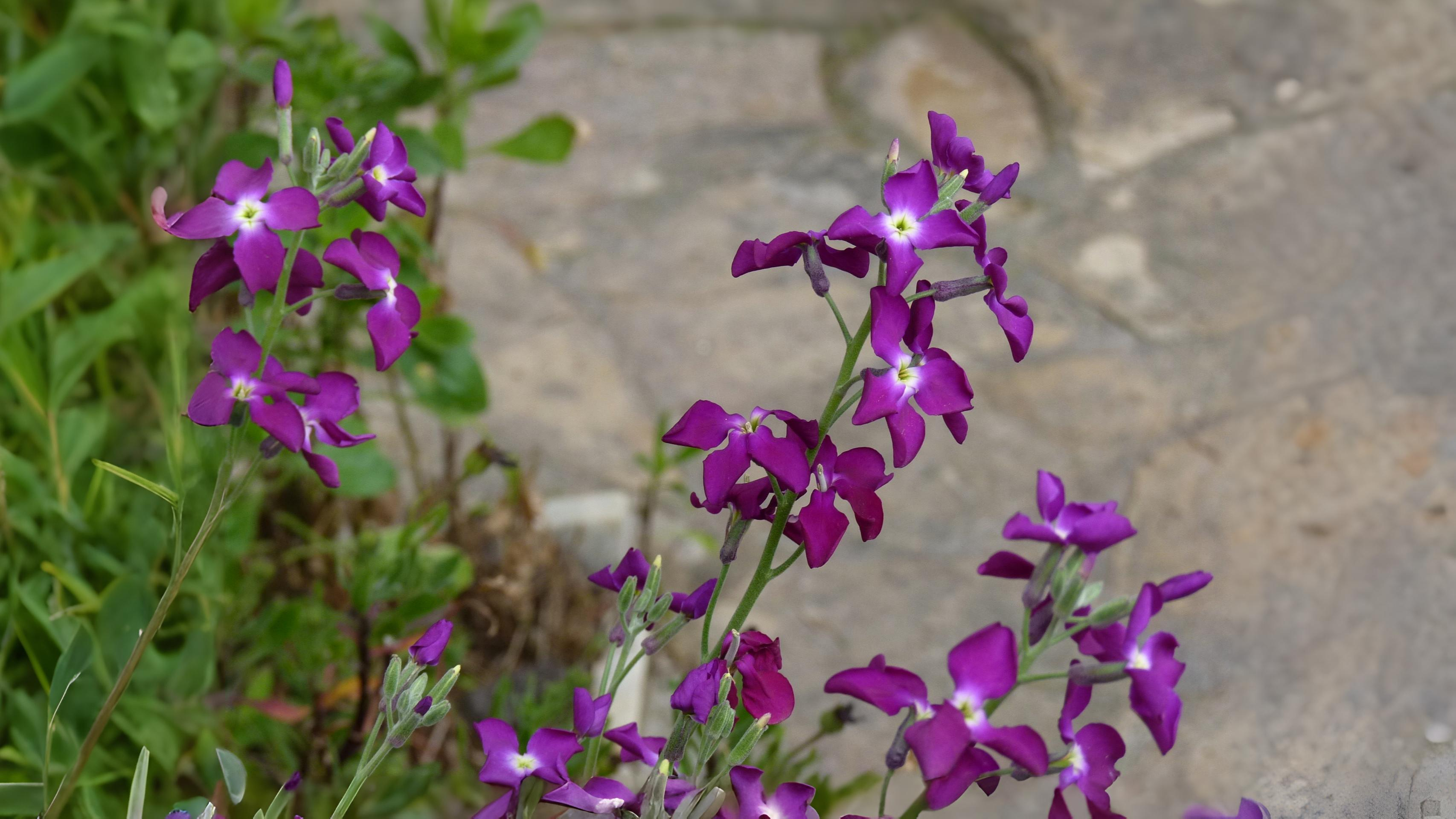

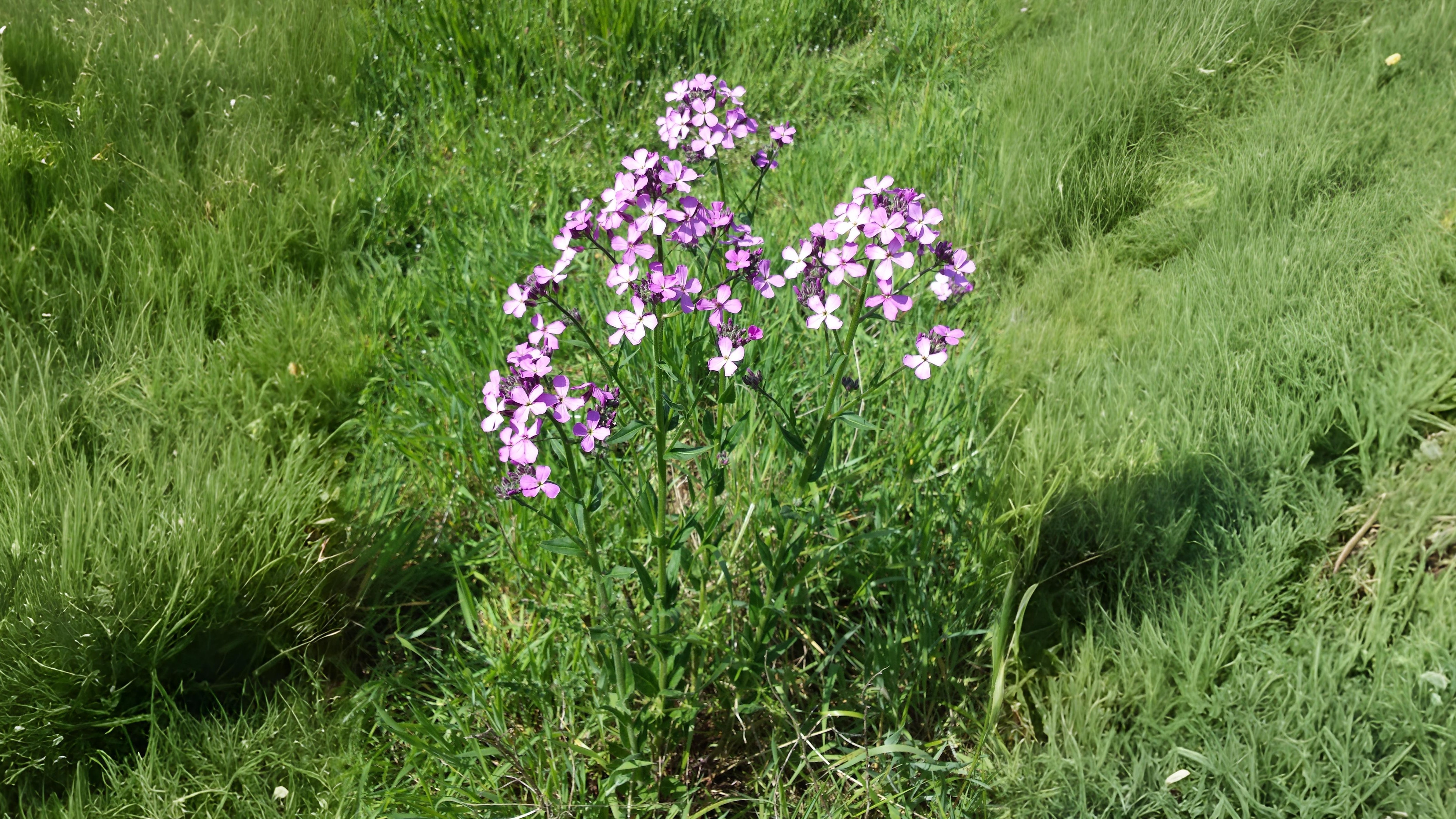

Among the trees, the scent of limes is probably the most famous. The half hidden flowers have a very light, lily scent which is captured in the tea. Gilbert White and Marcel Proust both enjoyed lime tea the latter famously holding it responsible for bringing back past memories. Holly and laburnum throw heavy, sweet odours.


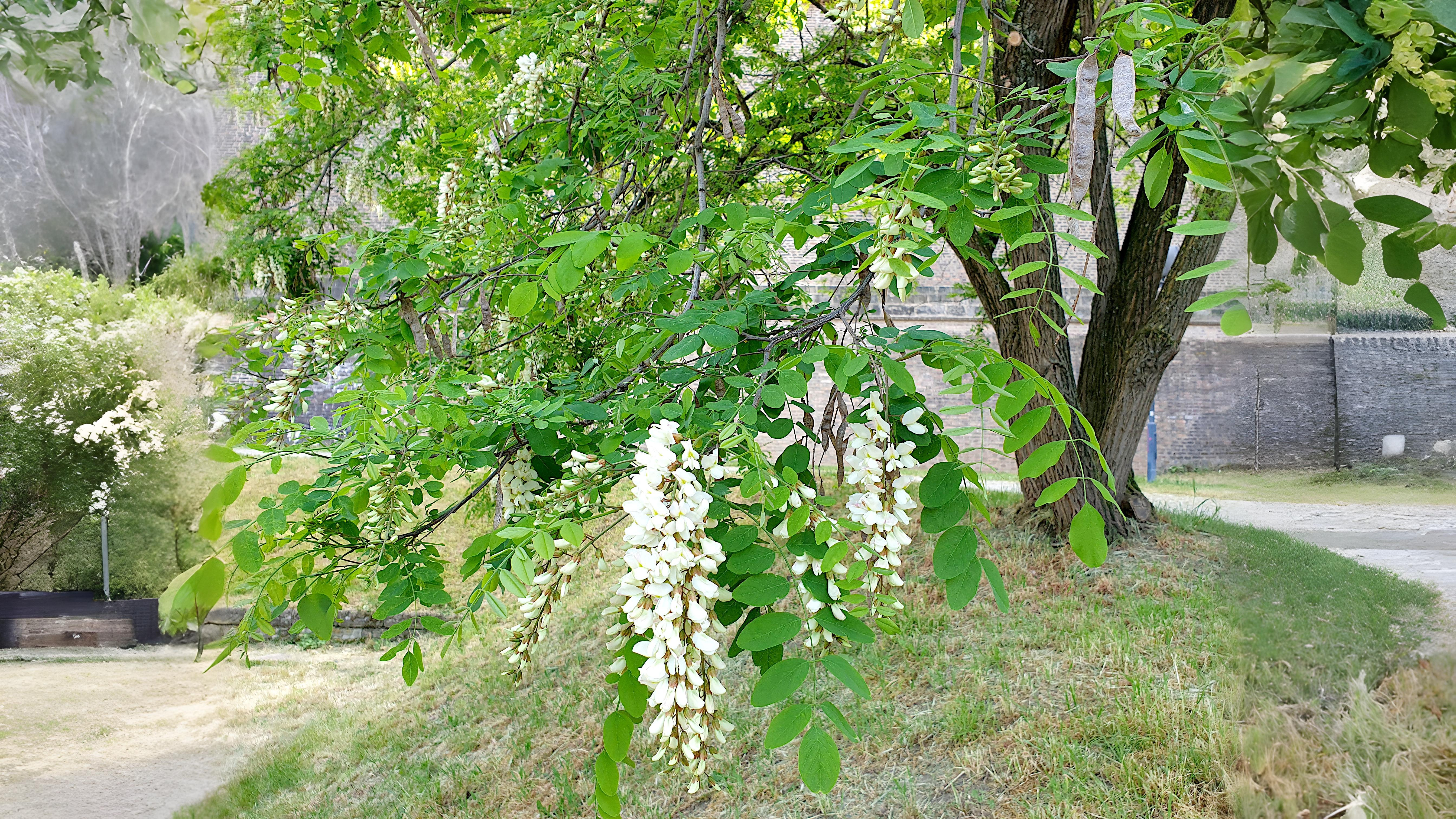

In our gardens, there is a much wider range of scents than in the wild. The best are usually attributed to jasmine, lilac, honeysuckle, azaleas, roses and wisteria, the latter with its hints of vanilla. Certainly, some of these are so strong they always get noticed. Garden aquilegias differ depending upon their colour. The wild blue ones have no scent, the white ones are spicy and the newer long spurred varieties are often quite highly scented.
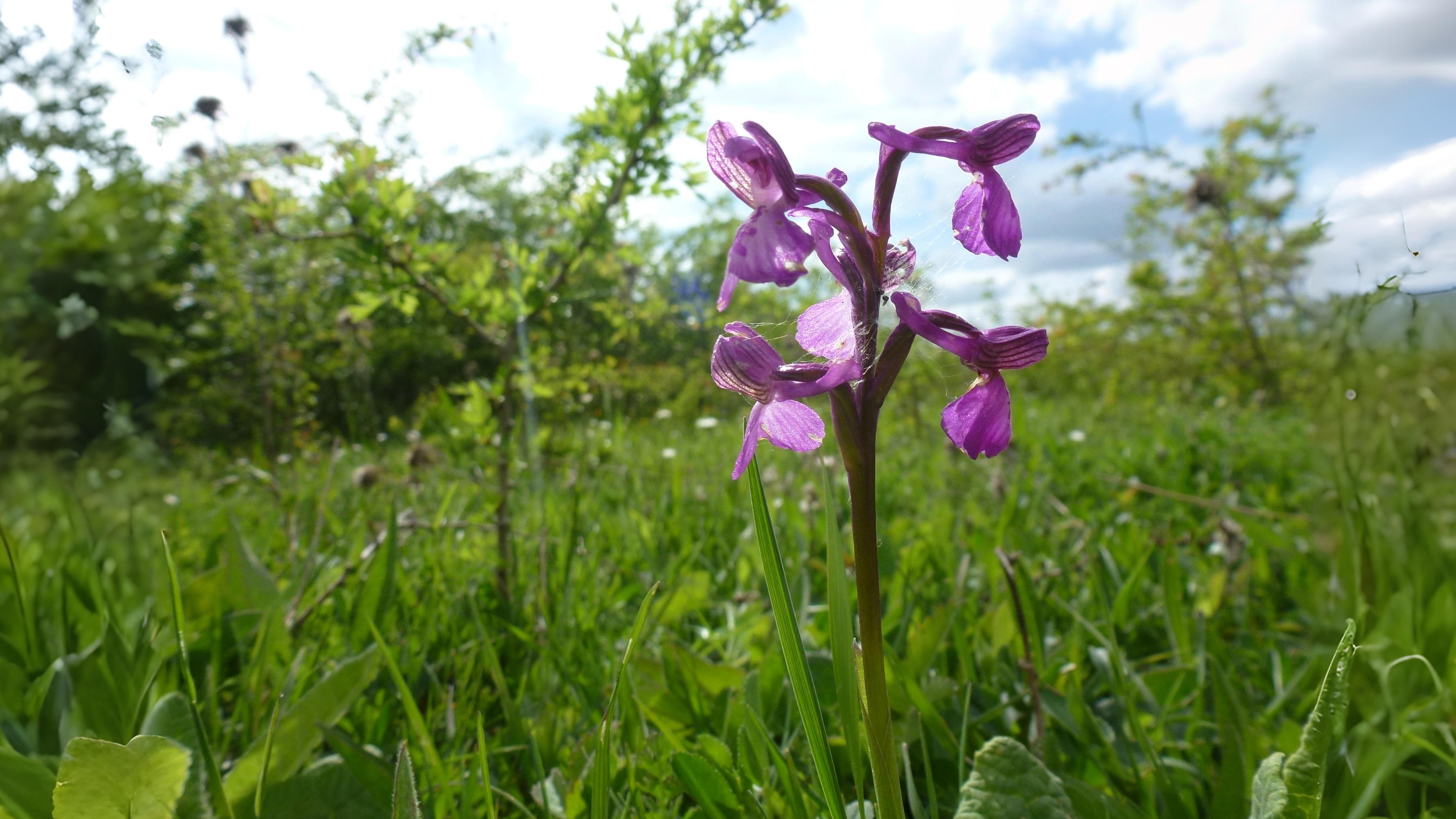

The herb garden is now at its best for smells, as all the new leaves are full of oils. Beside the obvious mints, thyme, sage and rosemary, some people detect myrrh in sweet cicely. The leaves of alexanders are also supposed to smell of myrrh, so much so that the Romans added them to their soups as they so enjoyed the smell.
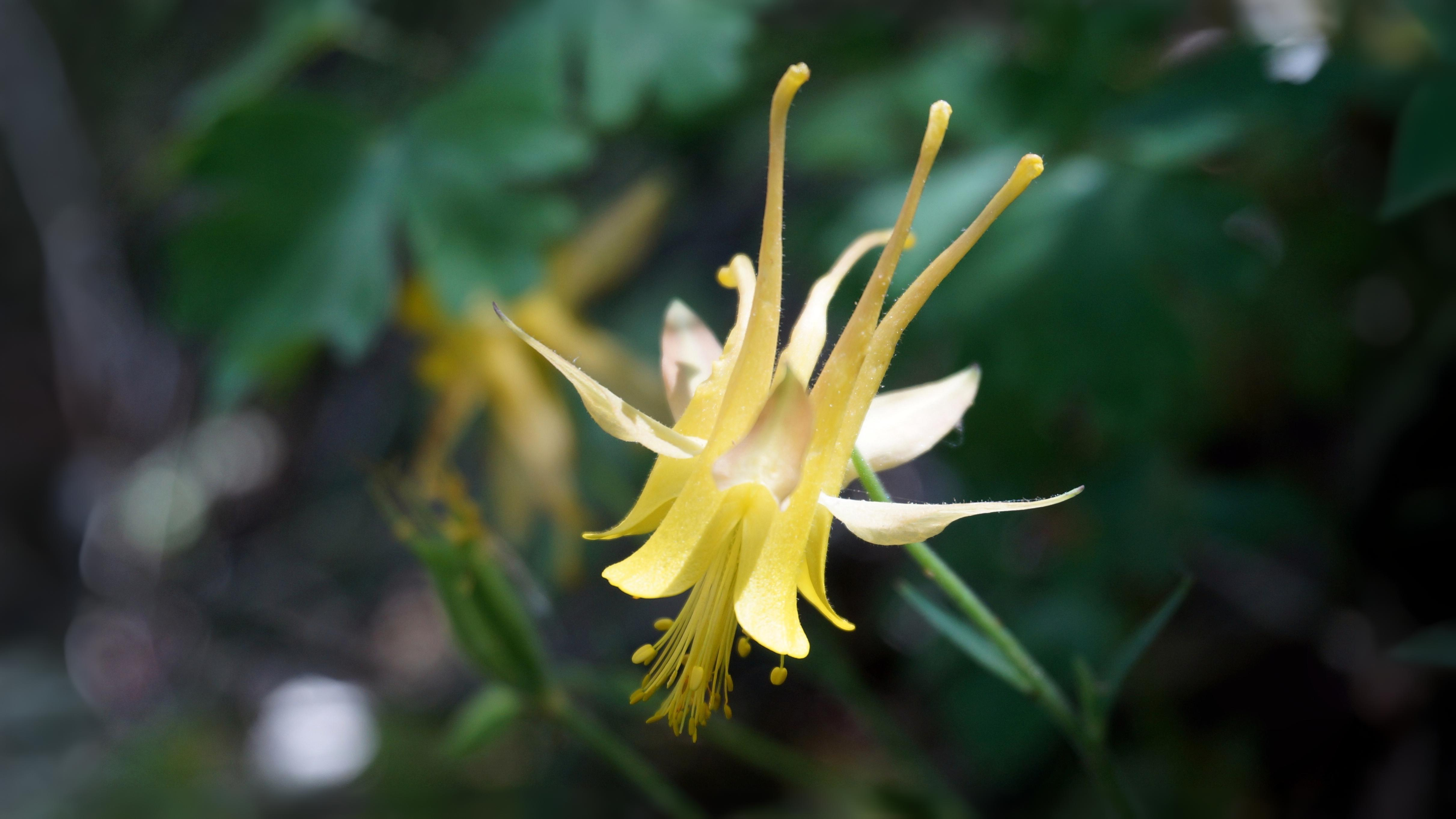

More unusual odours are found in Cistus and Centaurea, the former smelling of gum and the latter of musk. Some viburnums even contain the same musk chemical that is collected from civet cats that can have such a disturbing effect on some people.
